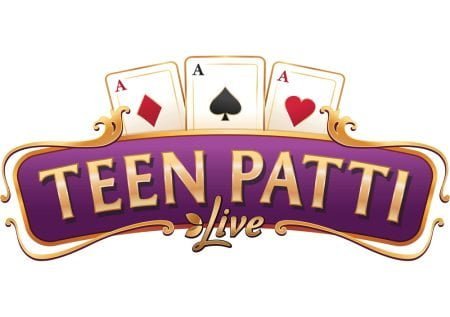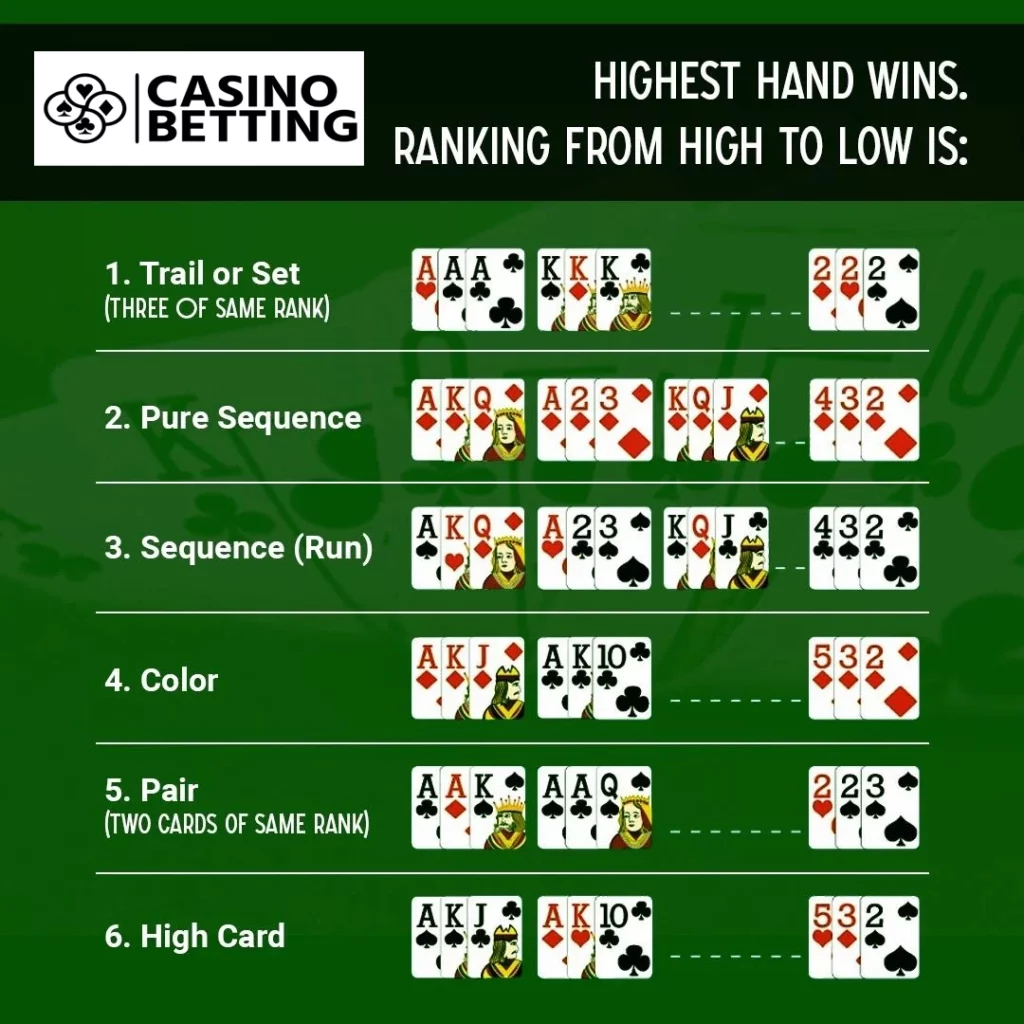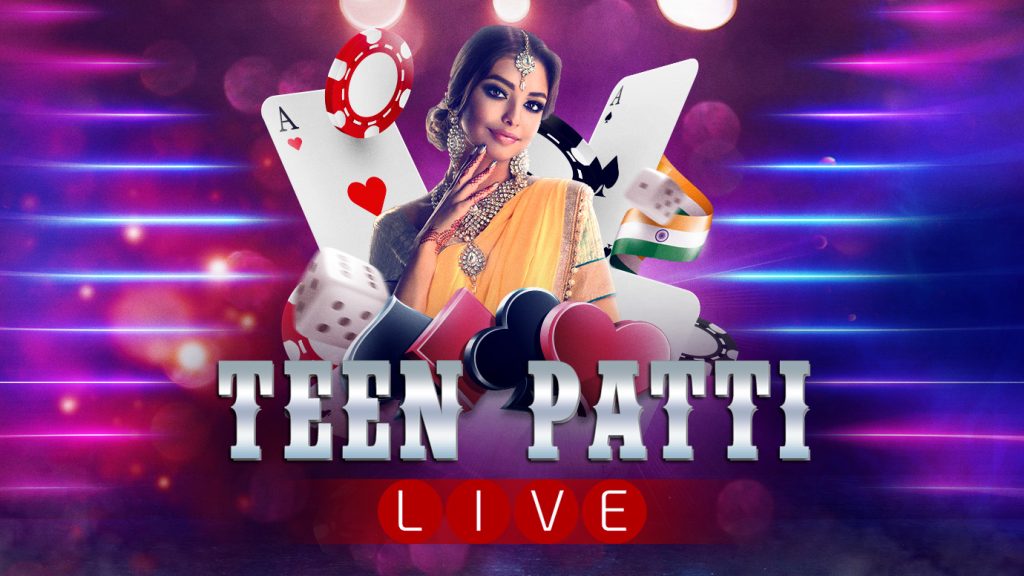

Teen Patti has been one of the top three games for well over a year, so it’s safe to assume that most players are familiar with it and have given it a try. But the point is how well you know this game, or rather where it originated from and how it got so popular.
Additionally, repeating the rules will never be redundant, and who knows, maybe it may drive you to a new strategy that will make you not only wealthy but also a famous person with your own method.
Now that we’re back in the real world, we can return your attention to this article, which is totally dedicated to the popular Indian card game Teen Patti.
Have you ever wanted to play Teen Patti but didn’t know how, or maybe you just want to learn some tips and tricks to help you out? There’s no need to continue your search.

Teen Patti’s place in Indian culture is something that Westerners have yet to fully comprehend and appreciate. It is the most popular card game in most Indian areas and is always a popular casual gambling choice for people.
But in this day and age of technology, the game has managed to effectively acquire popularity at online casinos, where it fits in nicely with the structure of games with live dealers.
If you look it up in Hindi, Teen Patty translates as Three Cards. It’s called after the British card game “Three Card Brag,” which is a precursor to contemporary poker. In recent years, it has exploded in popularity across South Asia, where it is sometimes referred to as Flush (or maybe Flash).
The pure simplicity and accessibility of Teen Patty are key: it may accommodate up to 6-10 players per table, with the only probable skill needed being the “counting” of the cards.
It is not specifically related to gambling, but it is a popular hobby for holiday parties and family reunions ranging from small groups to large gatherings, with people spending hundreds of rupees to several lakhs.
To put it another way, Teen Patti is a hot item and will likely never go out of fashion.

Teen Patti is a three-card poker game for three to six players. Betting occurs before a showdown to determine who has the best three-card hand.
The possible hands are ranked from greatest to worst below.
Every hand of higher kind triumphs over every hand of a lower type; for instance, the worst possible run, 4-3-2, triumphs over the greatest possible color hand, A-K-J.
Teen Patti’s clockwise play begins at the dealer’s left. Players gamble on the best hand after receiving their cards. Players might gamble blind or after seeing the cards. Blind players wager without checking their cards, whereas sighted players do. The table rotates bets. Bet nothing and fold. Folding means losing all betting possibilities and the pot money.
Those who are visually impaired are not allowed to examine their hands before placing a wager. To initiate blind play, just make a wager in the pot. That wager must equal at least half of the current pot, but not exceed two times the current pot. One’s opening wager should be at least as much as the boot if one is to play first.
A blind player’s wager becomes the minimum required wager for the following player (or exceeds). For participants who are in plain view, however, the stake amount is reduced to half.
When possible, a blind player should request a demonstration. The outcome of the hand and the distribution of the pot are kept secret until both players have exposed their cards at the conclusion of play. The following prerequisites must be completed before the show may go on.
Players in plain view have the option to chaal, fold, display, or sideshow. Seen players who choose to continue playing after looking at their cards must play chaal.
A chaal bet is a wager placed in the pot by a player who has seen the cards. This bet has to be double or quadruple the amount of the current one. The previous player’s bet is the stake if they were blind. If the previous player was visible, then the stake is equal to half of their original bet.
Following the regulations, a seen player may request a show. They may demand a sideshow. A sideshow player compares their cards to the previous player. If there are 1+ players and the preceding player was seen, this applies. For a sideshow, treble the investment. The sideshow is up to the preceding player.
If the preceding player accepts the sideshow with superior cards, fold. Your cards win, so they fold. Players take turns after folding. If the prior player refuses the distraction, play proceeds without comparing cards.

Live Teen Patti is a casino game that is similar to Three Card Poker in that players wager against the house rather than against one another.
The main distinction between this game and Three Card Poker is that the three-card hand is ranked according to Teen Patti rather than Poker rating and that certain casinos allow for side wagers, such as making a 5-card Poker hand out of the player’s three cards and the house’s three cards.
It’s not completely off-base to call this casino game “Teen Patti,” as “teen patti” literally translates to “three cards” in Hindi, even if it’s not the same as the original game.
After reading this essay, all you have to do is play Teen Patti with live dealers; everything is much simpler online, as everyone knows, so practice in an online casino first; you could enjoy it so much that you won’t want to leave your house.